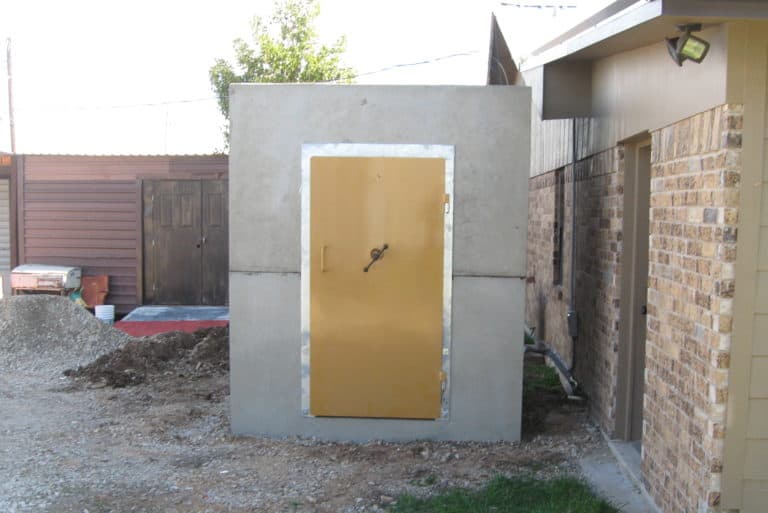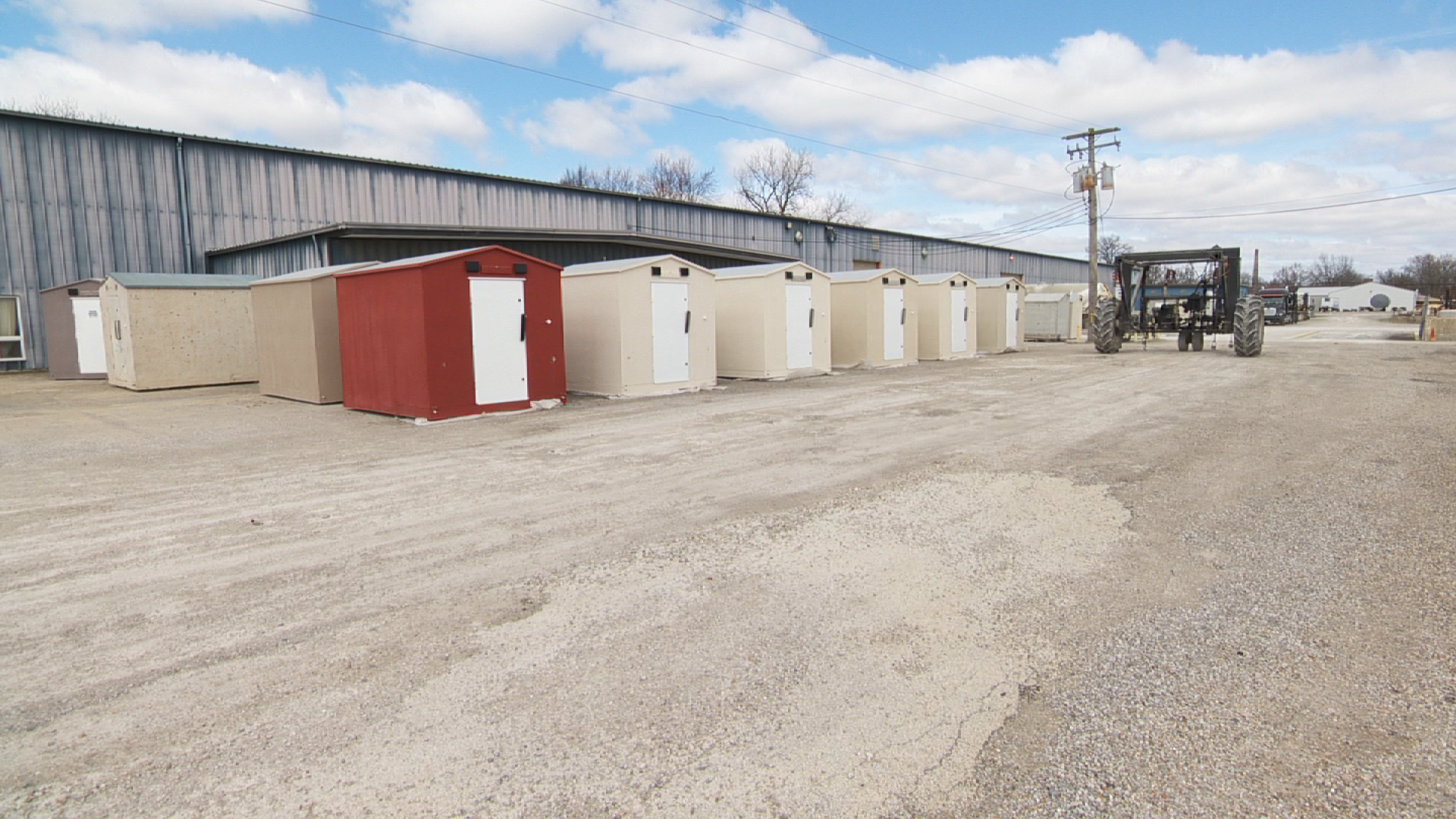

The storms were predicted to quickly die out in Western Nevada with only light rain predicted anywhere beyond the eastern Nevada borders.īy 10:15am the first supercells of the day had began to develop in Northern areas of the Central Valley. The Jet Stream associated with the ongoing 2023 El Niño was to blame for the placement of the cold front that took advantage of this warm humid mass of air to produce the storms. As the cold front approached the warmer air with dewpoints in the mid to low 60's ☏ storms began to form, many surprisingly isolated storms would form as the front slowly crept down the valley. A fast moving negatively tilted trough with a moderately strong lower level jet traveled south across Pacific Northwest bringing a cold front down along the West Coast. Very unique weather conditions is what fueled the unprecedented outbreak.

Although the tornado risk was not that high in terms of percentage, within the wording of the SPC outlook a note was made that "a strong tornado is possible" during the severe weather expected on the 2nd. Some coastal areas also were included in this 2% risk. Lastly an area was highlighted of a 5% chance of a tornado occurring within 25 miles of a given point, this area stretched from Chico California down to Madera California within the Central Valley, the rest of the southern Central Valley contained within a 2% risk of tornadoes. In addition to this 30% chance of winds 50 knots or greater within a 25 miles of a given point was highlighted over much of the Central Valley. They highlighted areas of a 30% chance of hail 1" or larger occurring within 25 miles of a given point covering much of the northern half of the valley with lower percentages in other portions of the state. In the wording of the outlook the SPC mainly predicted what they believed to be mainly a damaging wind and hail threat with a more minor chance of tornadoes. The Day One Convective Outlook from the Storm Prediction Center highlighted an enhanced and slight risk over much of California, a very rare occurrence. No tornadoes or funnels were sighted on the during this period of time. During night of the 1st into the early hours of the 2nd, a severe thunderstorm watch was issued for Western Kern County from 7:30pm to 2:00am. Some isolated flash flooding occurred on the night of the 1st along with some damaging winds and light hail. The convective outlook for the December 2nd outbreak.Īfter several unusually warm and humid days in the late fall in the Central Valley a system of thunderstorms from a low pressure system rolled into California starting on the late evening December 1st. It was one of the state's most deadly and costliest non-earthquake and non-wildfire related disasters ever to be recoded. This was also the first time state had seen an EF/F3 tornado since 1978. It was also the first time that multiple EF3 tornadoes were recorded in a single day for the state.

It was also the most recorded tornadoes in a single day for the state of California with 22 confirmed tornadoes on Dec 2, 2023, smashing the previous record of 7 tornadoes in a day. It was also the first time the state of California made a disaster declaration in response to a tornado. The outbreak resulted in the first ever tornado related fatalities in California. The tornado outbreak took place primarily in the Central Valley of California where a majority of California's tornadoes occur. The worst affected areas include Hamilton City, Sacramento, Delano, Kerman, and Manteca. The December 2nd outbreak cost over $641 million dollars (2023 USD) in damages and killed 29 people, an additional 2 people would be killed after the tornado threat had diminished due to severe flash flooding. Previously the most significant tornadic event in California was the 1983 Los Angeles Tornado which caused 30 injuries and did over $5 million dollars (1985 USD) in damages. It is both the costliest and deadliest tornadic event to affect the state. The December 2nd 2023 California Outbreak was a significant December tornado outbreak in the United States and also the largest tornado outbreak in California state history. This tornado was later rated as an EF1.Ħ hours, 15 minutes (10:55am to 5:10pm PST)ġ Time from first tornado to last tornadoĢ Most severe tornado damage see wikipedia:Enhanced Fujita scale


 0 kommentar(er)
0 kommentar(er)
